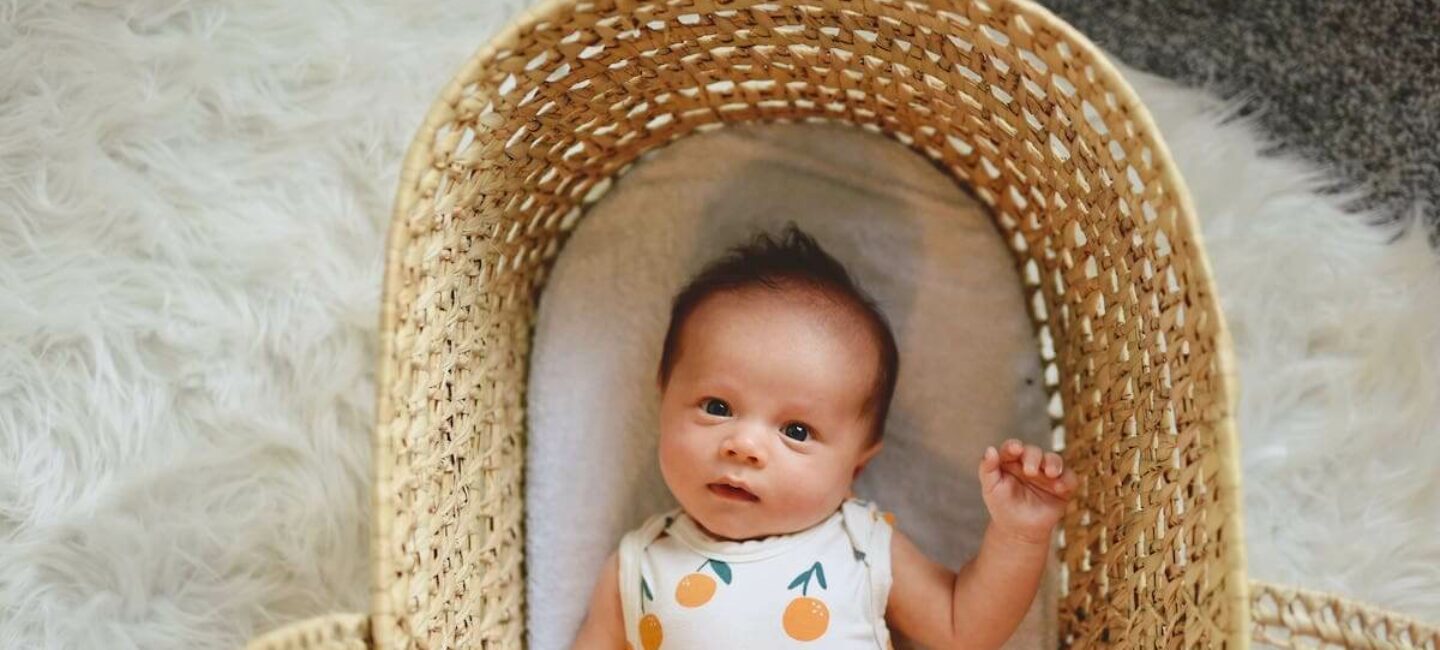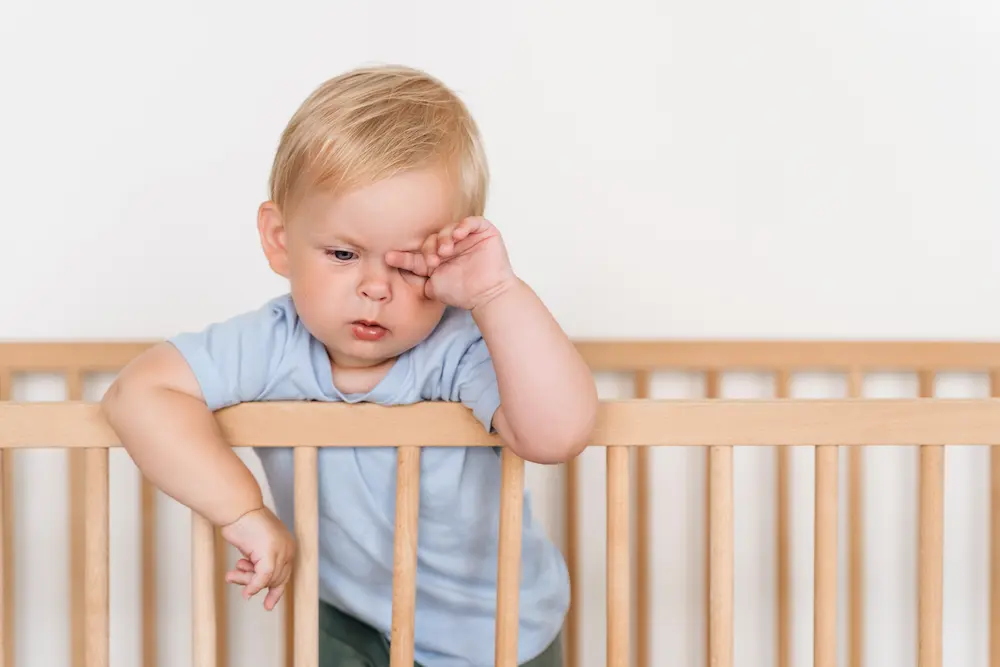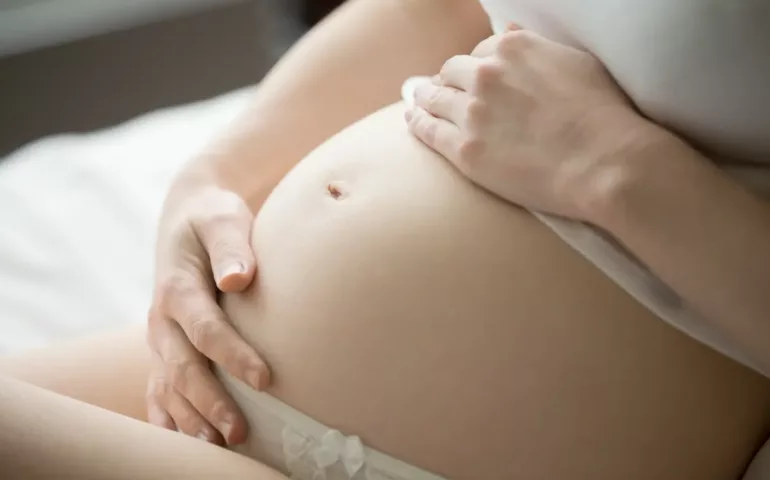
Celebrating Halloween with a Baby: A Practical Guide for Parents

To fulfill all its functions and support your baby’s development, sleep adapts to their needs. That’s why the duration, structure, cycles, and brain activity during sleep evolve as your child grows. So, how does it change? What are your baby’s sleep needs depending on their age? Let’s take a look.
Sleep is a vital function essential to the proper functioning of the body. It plays a role in several physiological and psychological processes that are crucial for health. First, it promotes growth, as it is during sleep that growth hormones are secreted.
This production is particularly significant in children and adolescents, contributing to their physical development. Sleep also contributes to brain development and maturation. In children, it helps consolidate memory and organize the day’s learning. It’s a key moment when the brain sorts, classifies, and integrates new information. Finally, sleep supports the immune system.
Certain hormones, such as prolactin, are produced in greater quantities at night, thus strengthening the body’s natural defenses. In short, sleeping well is essential for growing, learning, and staying healthy.

Your child’s sleep is structured into several successive cycles. It begins with a falling-asleep phase, followed by multiple sleep cycles throughout the night. Each cycle includes two main types of phases.
The first are calm phases, corresponding to slow-wave sleep, which can be light or deep, during which brain activity gradually slows down. These moments promote physical recovery and your baby’s growth. Then come periods of intense brain activity—this is REM sleep. During these times, the brain is almost as active as when awake, and this is when your child dreams.
Rapid eye movements are also observed, characteristic of this phase. A night’s sleep generally consists of four to six cycles, each alternating between slow-wave and REM sleep. The length of these cycles, as well as the proportion of each phase, changes as your child grows, adapting to their needs according to age. Want to learn more?
Feel free to download the May app, where you’ll find plenty of resources to support and guide you throughout your journey as a new parent.

Just like adults, babies don’t all have the same sleep needs depending on their age. The following information provides average estimates to give you an idea, but every child is unique and may sleep more or less than others.
Some babies naturally sleep more or less than average. These differences are normal. What matters most is that your baby appears rested, alert, and calm when awake.
Good to know: the Ministry of Health recommends practicing co-sleeping and having your baby sleep in your bedroom at least until 6 months of age.
During this stage, it’s normal for your baby to still wake up at night. These awakenings may be related to hunger, growth spurts, digestive discomfort, or simply the need for contact.
Even though your child’s sleep structure gradually becomes more like an adult’s, it remains fragile and sensitive to disruptions. Illnesses, major developmental stages, changes in the home, starting daycare or with a nanny—these can all temporarily affect sleep.
Between 18 months and 3 years, your child becomes more aware of their surroundings and often enters a phase of self-assertion. It’s a period full of major milestones: language development, potty training, cognitive progress… Even though night awakenings become rarer, these changes can temporarily disturb sleep.

Your child may sometimes go through “sleep regressions,” a misleading term because it actually refers to a normal developmental stage. These periods correspond to times of major change or new skills that temporarily affect sleep. Sleep regressions generally occur when your child experiences changes in their environment or routine. Motor milestones such as rolling over, walking, or climbing stimulate the brain and may cause awakenings or trouble falling asleep. Certain ages are more prone to these challenges:
These phases usually last about 2 to 3 weeks. To get through them smoothly, it’s recommended to maintain consistent bedtime schedules, preserve bedtime routines, encourage calm activities before sleep, and give your child opportunities to explore and practice skills during the day. 
From the age of 4 months, it’s possible to establish a bedtime routine. This moment provides a reassuring cue for your baby and helps them fall asleep more peacefully. The ritual meets their need for emotional security and makes separation easier at bedtime. For it to be effective, the ritual should take place in a calm and soothing atmosphere: soft light, gentle voice, relaxed environment. Repeating the same steps creates a routine that helps your child unwind and prepare for sleep.
It can evolve over time depending on age and needs. As for duration, it’s better to keep it short and relaxing: 10 minutes is enough for a 3- to 6-month-old baby. Ideally, start as soon as the first signs of tiredness appear and finish before your baby falls asleep. While there’s no foolproof method for peaceful sleep, establishing a bedtime ritual remains one of the most effective approaches.
Good to know: it’s best to reserve this ritual for nighttime to clearly mark the difference between night and nap times. In conclusion, sleep is not just a moment of rest. It’s a phase of growth and learning essential to your child’s physical and emotional balance. Your baby’s sleep needs evolve significantly over the months.
Since every child has their own rhythm, the key is to stay attentive to signs of fatigue, maintain a calm environment, and keep stable, reassuring routines. Gradually, your baby will learn to regulate their circadian rhythm and fall asleep peacefully.
**
Photo credits: seventyfourimages | AnnaStills | leungchopan | ArseniiPalivoda
This text was translated from French by an artificial intelligence. The information, advice, and sources it contains comply with French standards and may therefore not apply to your situation. Make sure to complement this reading by visiting the May US/UK app and consulting the healthcare professionals who are supporting you.
Some of the links below may no longer be active. In that case, please feel free to refer directly to the relevant websites.
These resources might interest you

Celebrating Halloween with a Baby: A Practical Guide for Parents

